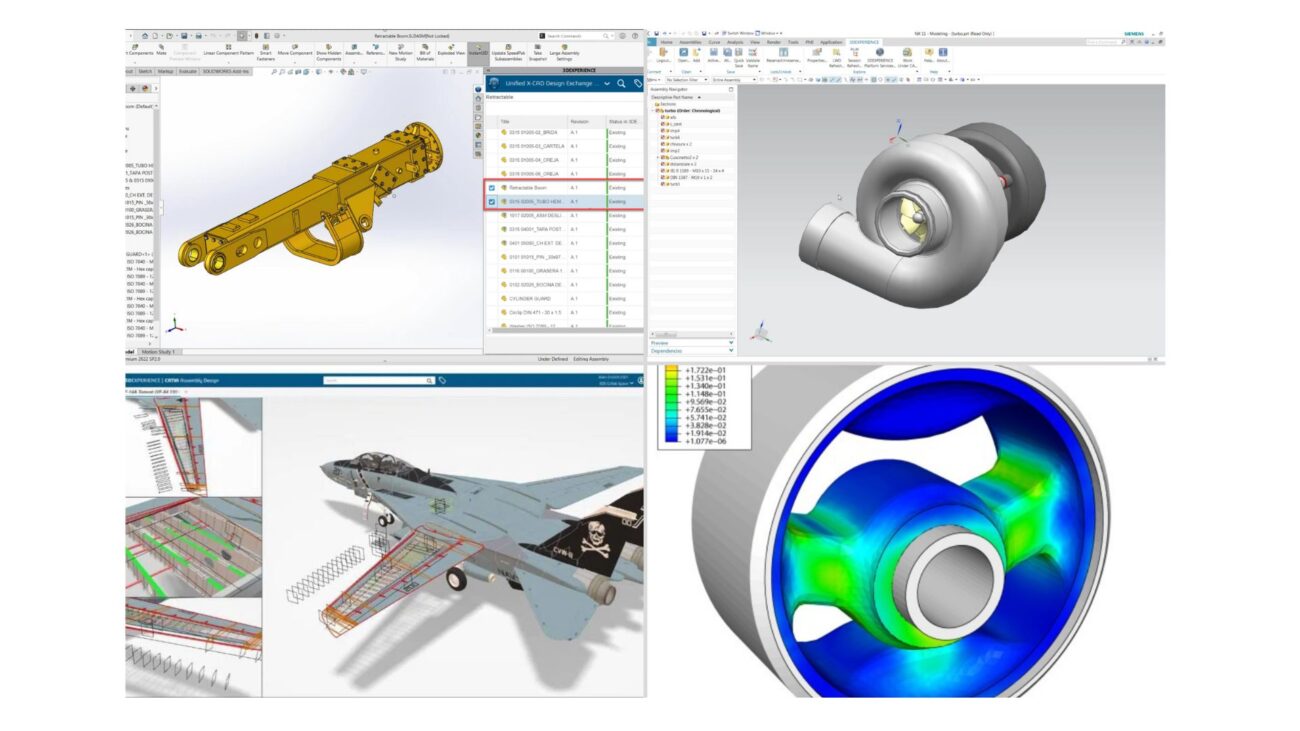The field of medicine is undergoing a significant transformation with the integration of technology and computational modelling. One of the most promising research areas is patient-specific modelling and tailor-made medicine, which involves modifying medical treatment to an individual’s unique characteristics. The Finite Element Method (FEM) is a powerful tool that is being increasingly used in this field to simulate the behaviour of complex biological systems and optimize treatment plans. The global healthcare market is predicted to reach USD 4.6B by 2028, growing at a CAGR of 15.7%.

What is Patient-Specific Modelling?
Patient-specific modelling involves creating a detailed, personalized model of a patient’s anatomy and physiology using medical imaging data, such as MRI or CT scans. This model can be used to simulate various physiological processes, such as blood flow, tissue mechanics, and drug delivery. By analysing the results of these simulations, experts gain a deeper understanding of the underlying mechanisms of a patient’s condition and develop more effective treatment strategies.
Applications of Patient-Specific Modelling with FEM
Patient-specific modelling with FEM has a wide range of applications in personalized medicine, including:
- Cardiovascular disease: FEM can be used to simulate blood flow and predict the risk of cardiovascular events, such as heart attacks and strokes.
- Cancer treatment: FEM can be used to simulate the delivery of chemotherapy and radiation therapy, allowing clinicians to optimize treatment plans and reduce side effects.
- Orthopaedic surgery: FEM can be used to simulate the behaviour of joints and bones, allowing clinicians to optimize surgical plans and reduce the risk of complications.
- Neurosurgery: FEM can be used to simulate the behaviour of the brain and nervous system, allowing clinicians to optimize surgical plans and reduce the risk of complications.
Conclusion
Patient-specific modelling with FEM is a powerful tool that is revolutionizing the field of personalized medicine. By creating detailed custom models of individual patients, clinicians gain a deeper understanding of complex biological systems and develop more effective treatment strategies. As the field continues to evolve, we can expect to see even more innovative applications of patient-specific modelling with FEM.
Future Directions
The future of patient-specific modelling with FEM is exciting and rapidly evolving. Some potential future directions include:
- Integration with machine learning: Machine learning algorithms can be used to analyse large datasets and identify patterns that can inform patient-specific modelling.
- Multi-scale modelling: FEM can be used to simulate complex biological systems at multiple scales, from the molecular to the whole-organ level.
As the field continues to evolve, we can expect to see even more innovative applications of patient-specific modelling with FEM, leading to improved patient outcomes and more effective treatment strategies.
About VIAS3D
VIAS3D engineering and simulation team combines decades of analytical and design experience. We have successfully helped to design various products from many industries for strength, stability, rigidity, and fatigue endurance. Our design and analysis capabilities are accomplished through advanced engineering modeling techniques such as Finite Element Analysis (FEA) using Abaqus, Computational Fluid Dynamics (CFD), and other tools.
Using these advanced tools, we can capture complex design features and nonlinearities arising from materials, geometry, and surface interactions to simulate designs and predict their response before they are brought in production.
Please email us at achakraborty@viascorp.com or drop a message at: https://www.linkedin.com/in/arinc16/
Contributors:
Agniva Hazra, B.E Civil Engineering (2025), is an intern at VIAS3D. He is a final year undergrad pursuing his bachelor’s from Jadavpur University (INDIA).
Celso Noronha, Ph.D., the Director of Structural Mechanics at VIAS3D, has a large experience in Life Science simulations, allied to his deep knowledge of finite element method fundamentals and applications over decades.
References
- “Finite Element Modelling of Stent Deployment in a Patient-specific Coronary Artery” research paper by Ran He, Liguo Zhao, Vadim V. Silberschmidt , Yang Liu , Felix Vogt
- A report by MarketsAndMarkets on “Healthcare simulation market- global forecast to 2028”




